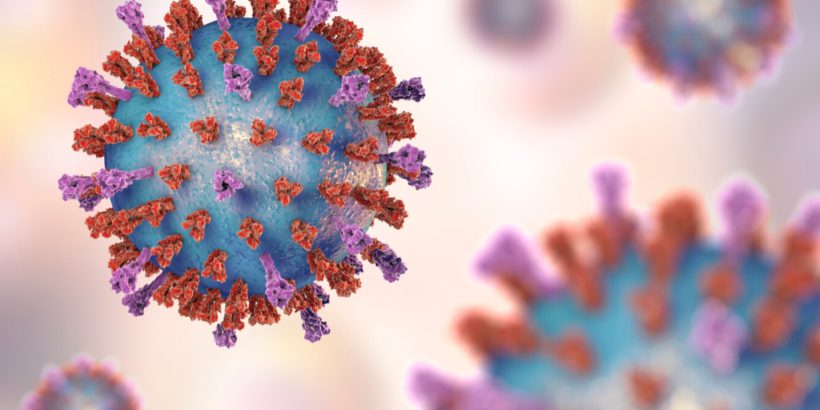When it comes to the latest science regarding coronavirus, I think it’s a good idea to be a bit cautious about jumping to conclusions.
With this virus, it is somewhat difficult to ascertain the facts given that they seem to be constantly evolving.
However, I think it’s important to pay attention to what experts and scientists are saying so that you are at least aware of some of the risks that have been discovered.
Right now, it looks like there is a new science backing a claim that has been somewhat controversial regarding the spread of coronavirus.
The World Health Organization has long stated that the coronavirus is spread primarily by large respiratory droplets that typically fall directly to the floor after they are expelled by people coughing and sneezing.
The implication here is that unless people are coughing and sneezing near you, you don’t have as much to worry about.
This has been widely transmitted and has been used as guidance all around the world for millions of people.
But in an open letter to the WHO, 239 scientists in over 30 countries have now outlined evidence that shows that smaller airborne particles can infect people.
This would make it more risky to spend time in any kind of indoor environment such as bars, restaurants, offices, and casinos.
This is especially true considering that the coronavirus may now be up to nine times more contagious than it initially was.
It’s really frustrating to see leaders in the health industry lack consensus on crucial facts like whether or not the virus can spread in an airborne fashion.
We’ve seen conflicting messages come from health organizations at the top regarding:
- the threat level of transmission from surfaces
- the effectiveness of masks
- the threat of asymptomatic spread
- and now there seems to be disagreement over how the virus can spread via airborne particles.
These scientific disagreements are really starting to get old and it just doesn’t seem like we have the leadership we need.
We still may need to wait for this for letter to be published and all of the data to be reviewed and verified but I think this is something that everybody should at least be made aware of.
Spending time indoors, even in a setting where people are not coughing and sneezing within close proximity, could still be more risky than we’ve been told.
Just how risky, I’m not sure but hopefully we will have the data on that when this letter is fully published.
Daniel Gillaspia is the Founder of UponArriving.com and the credit card app, WalletFlo. He is a former attorney turned travel expert covering destinations along with TSA, airline, and hotel policies. Since 2014, his content has been featured in publications such as National Geographic, Smithsonian Magazine, and CNBC. Read my bio.

